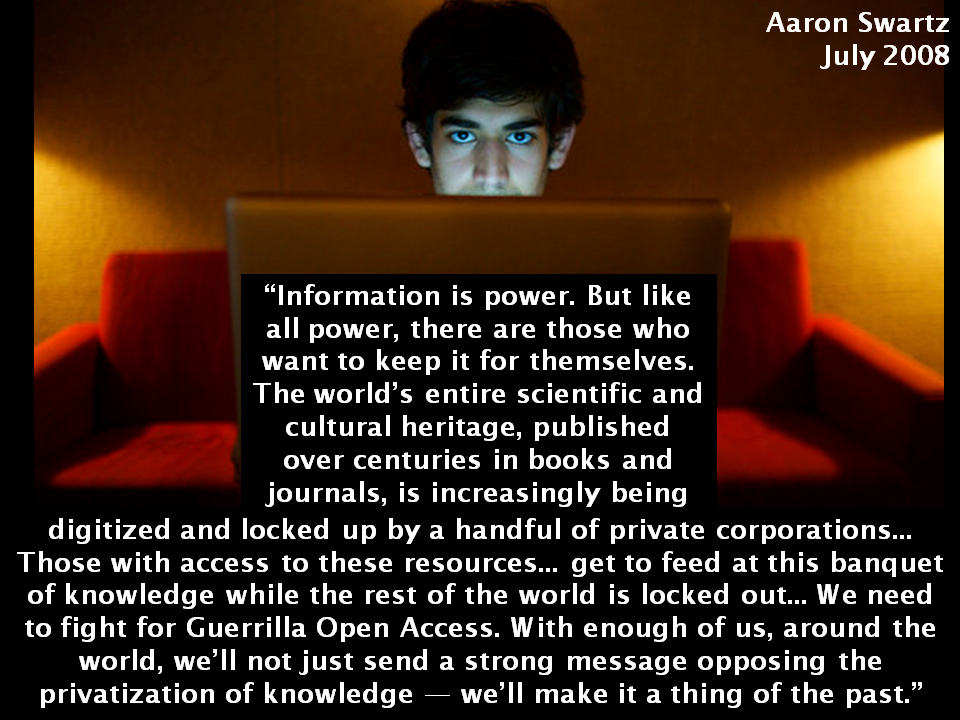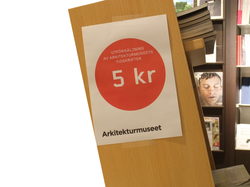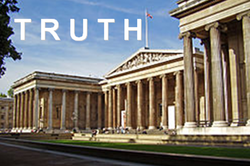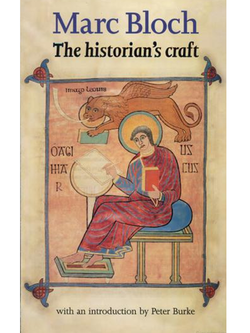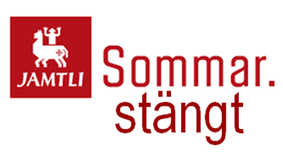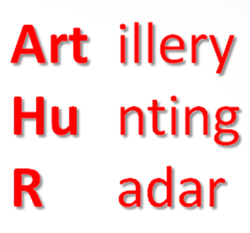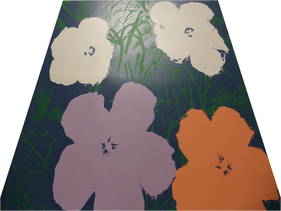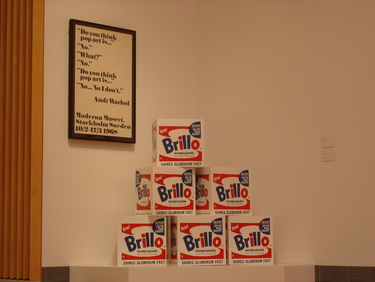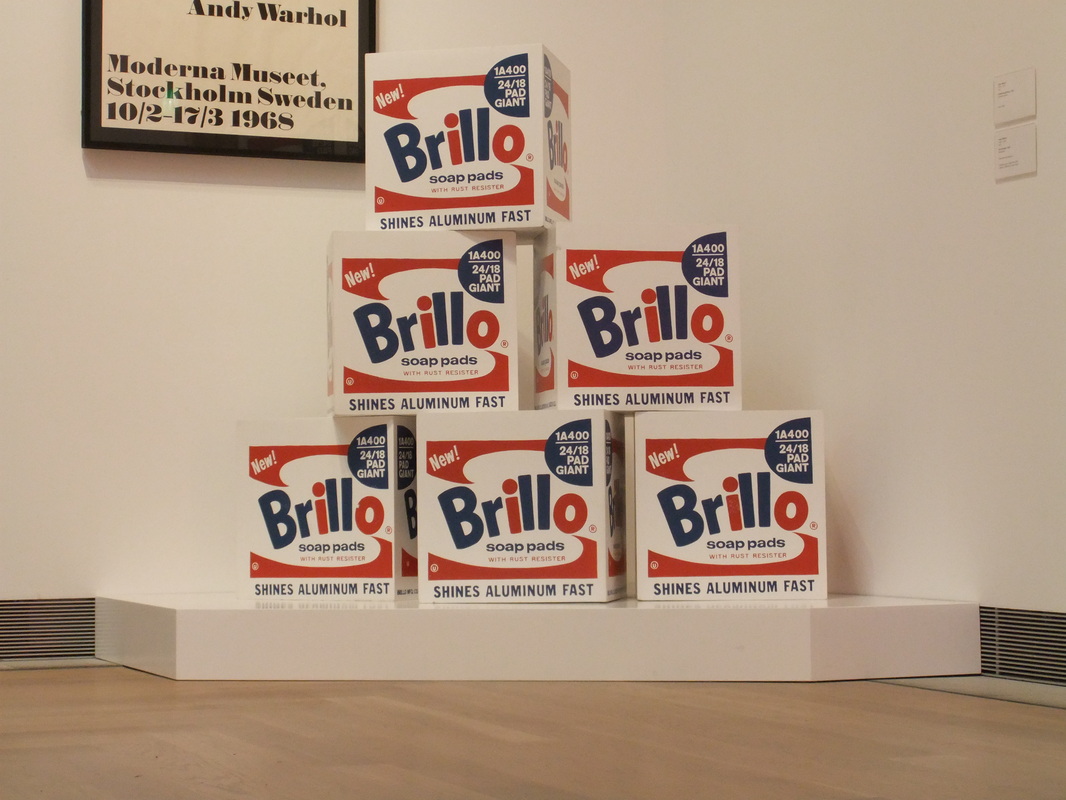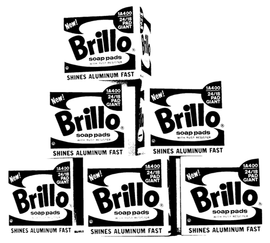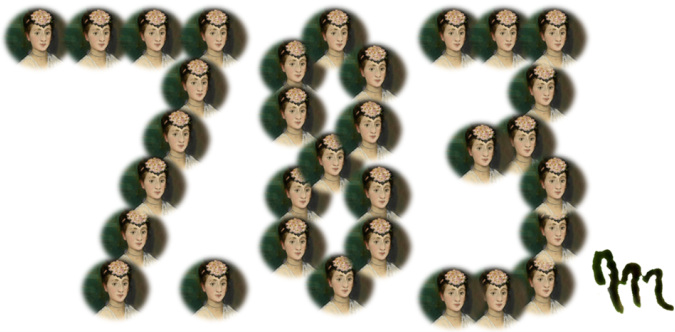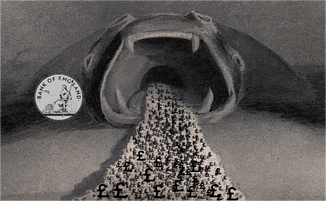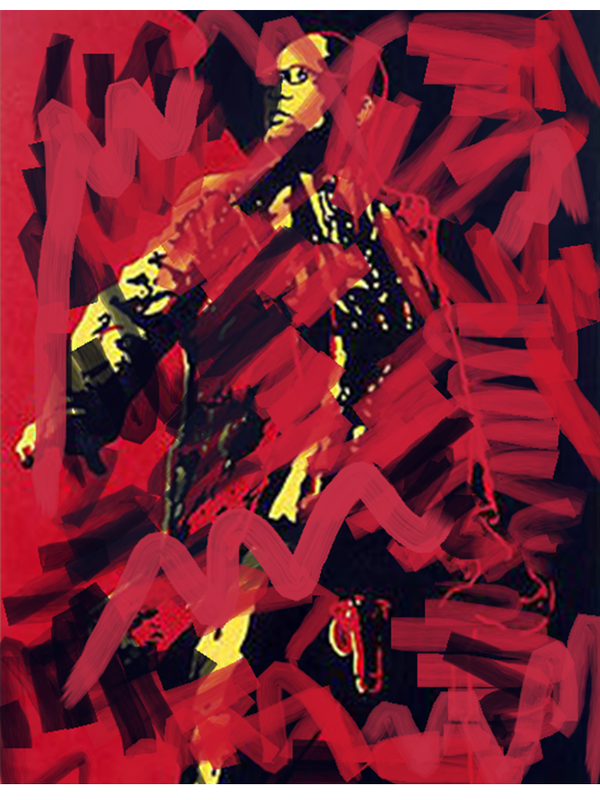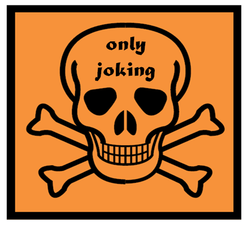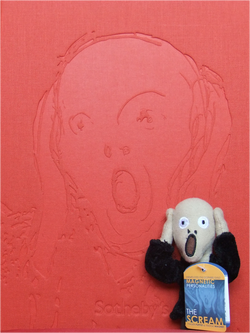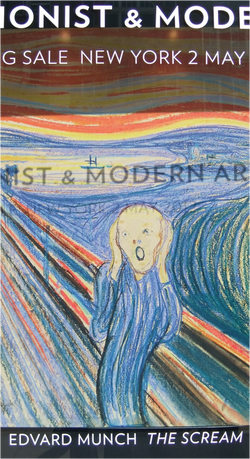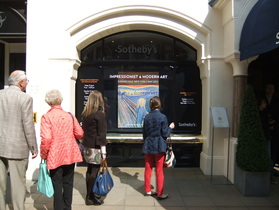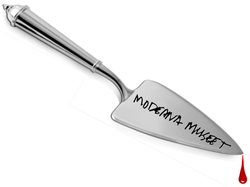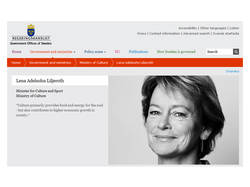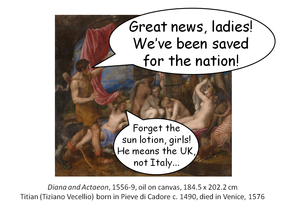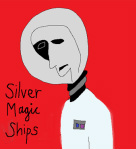
This incident reflects longstanding reservations about devoting so much time and money in producing yet another mute monument. Wouldn’t it be better to celebrate a life in ways that benefit the present? And is this not all the more necessary in our increasingly digital age?
With this in mind, it is salutary to see the emergence of a collective commemoration of Aaron Swartz (1986-2013).
During his short life this freedom of speech advocate urged people to sign up to his “Guerrilla Open Access Manifesto”.
His tragic suicide has given rise to the Twitter trend, #pdftribute whereby academics are encouraged to upload their scholarly papers that are withheld from public circulation due to what Swartz condemned as “the privatization of knowledge”.
The result is a collaborative, politically motivated memorial act that is the antithesis of an effigy on a stone pedestal. It is instead a living, livid legacy that is entirely in keeping with the circumstances that led to the death of Aaron Swartz..
___
Note
(1) “George Harrison Henley-on-Thames statue campaign halted”, BBC News, 12/01/2013, http://www.bbc.co.uk/news/uk-england-oxfordshire-20997626.
